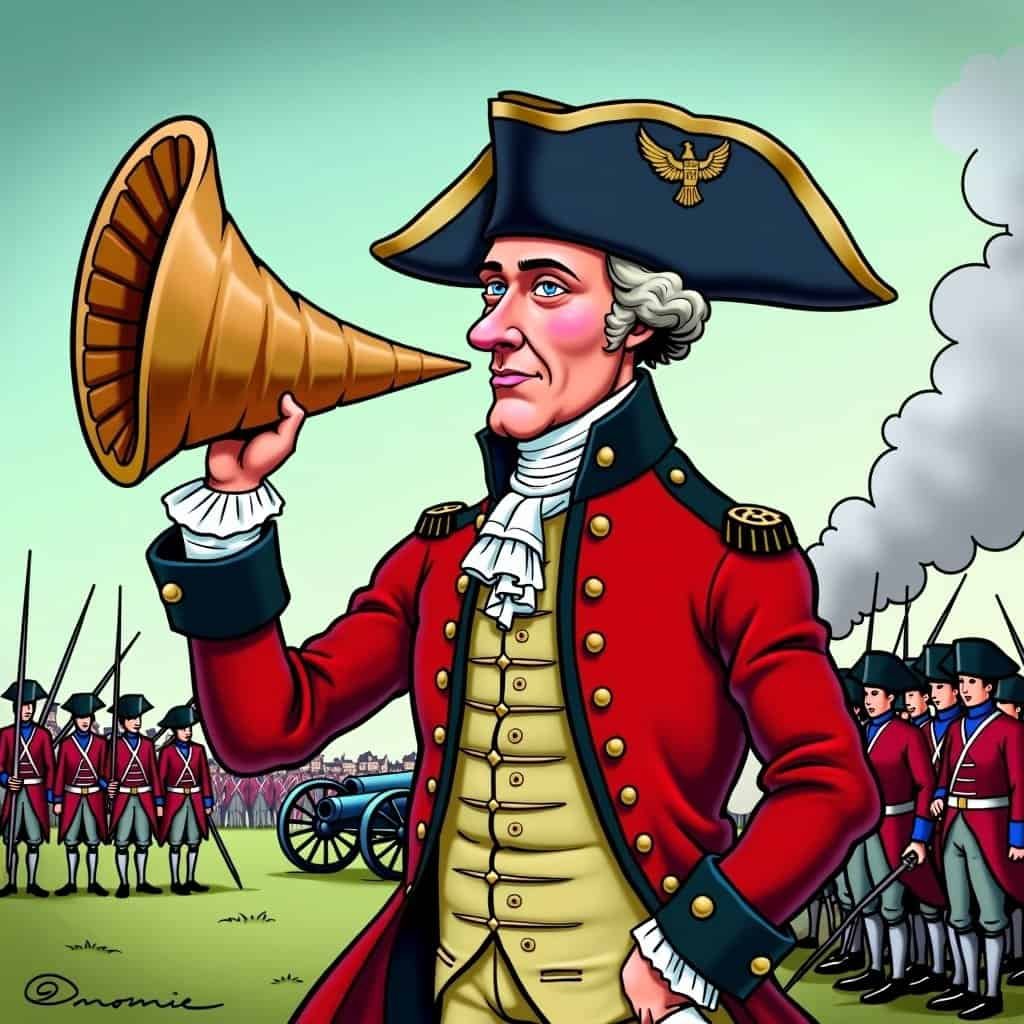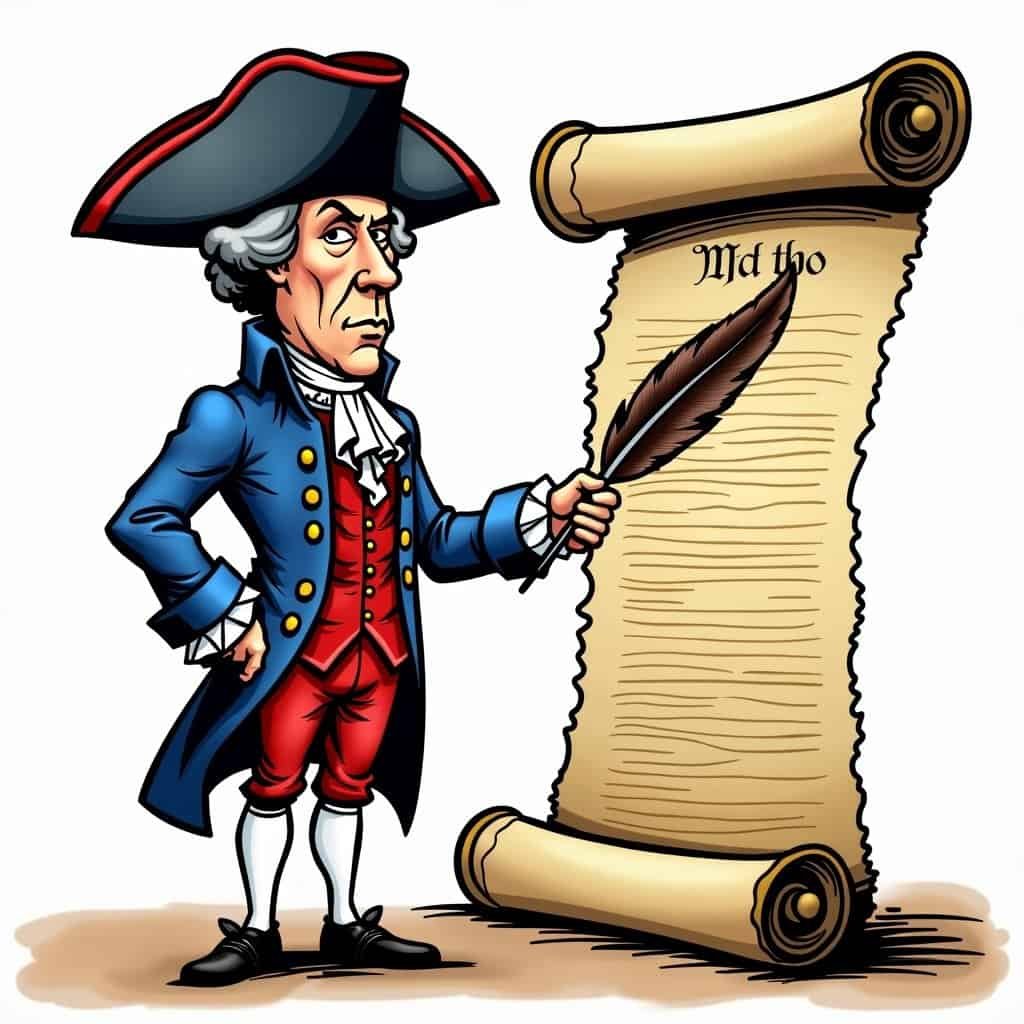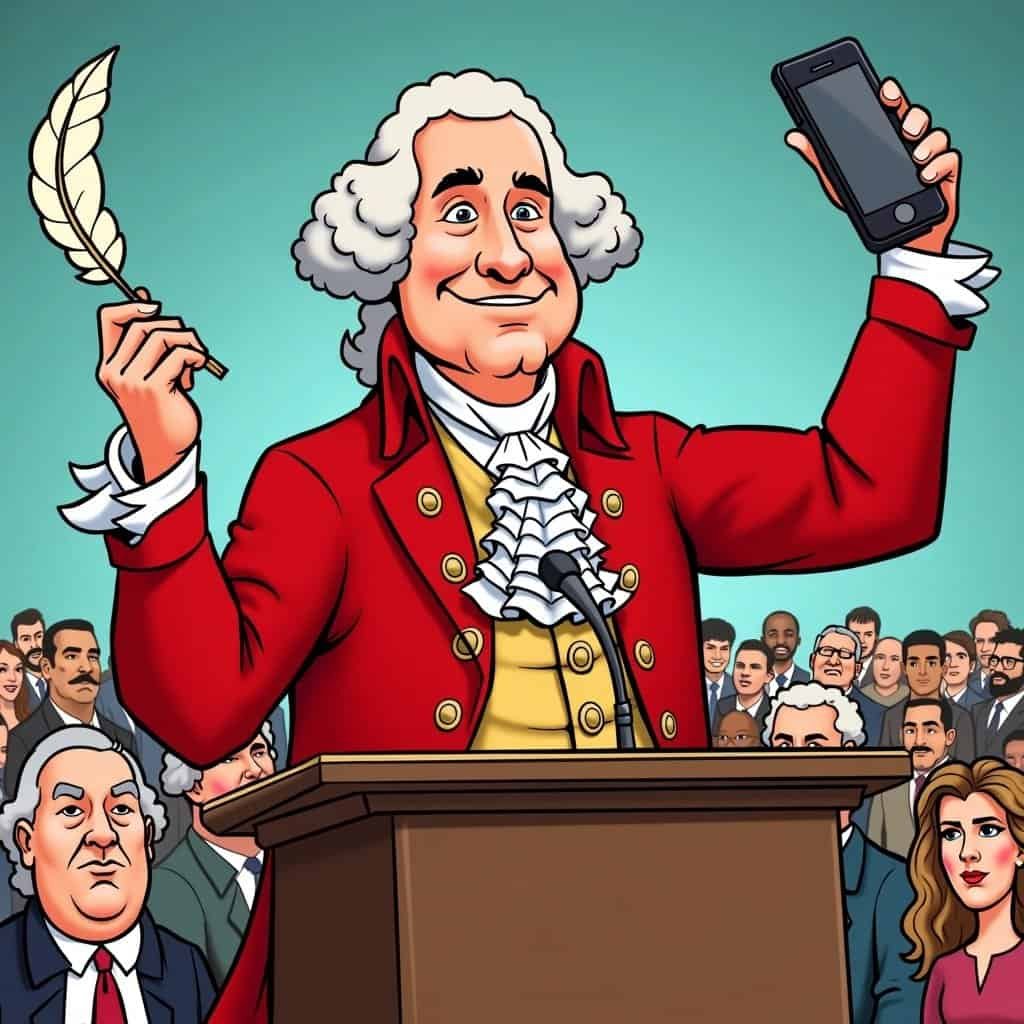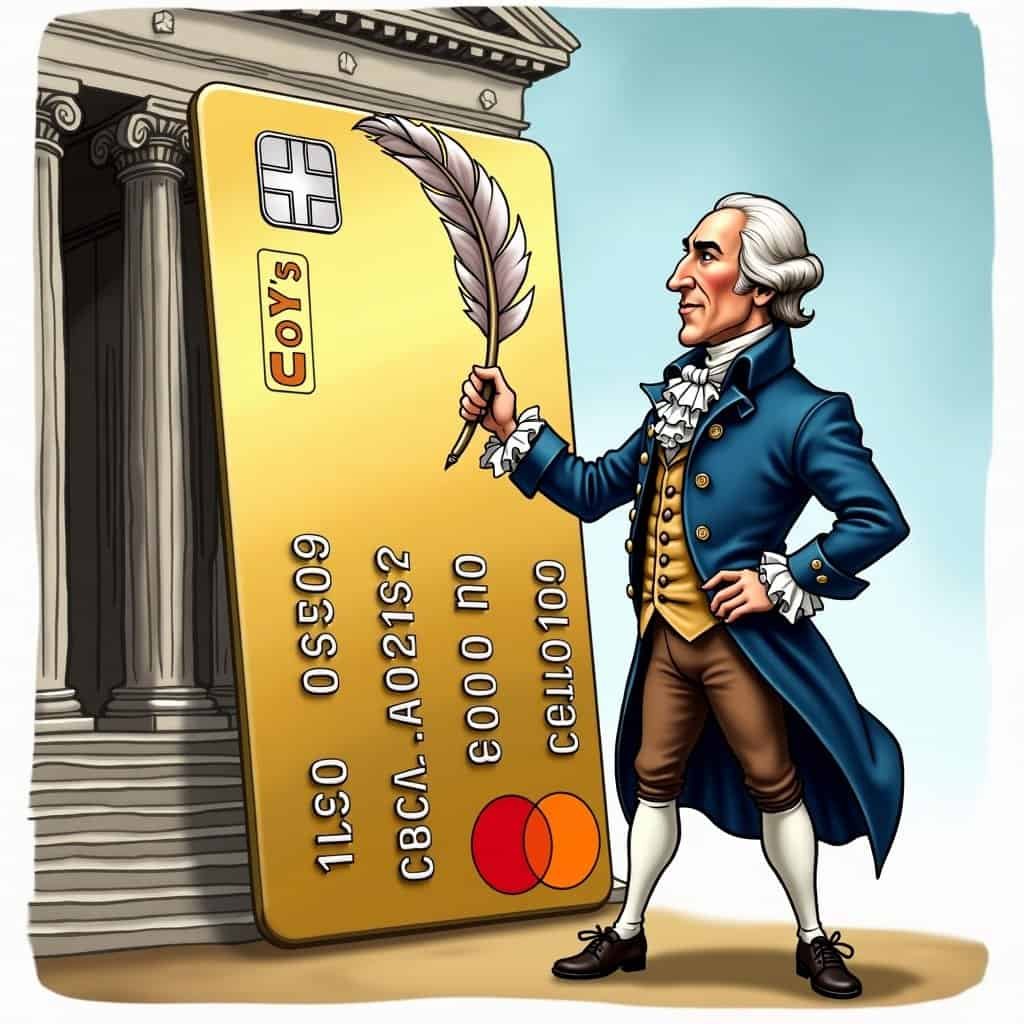When Alexander Hamilton pitched his banking scheme, the Federalists dreamed of uniting a young nation under one economic roof. It was a grand plan, wrapped in fiscal restraint and sprinkled with the irony of being both a tool for independence and supervision. And boy, did it ruffle some feathers! Picture the idea of centralization floating in today’s talks—wouldn’t it make conservatives squirm? But hang on—Hamilton’s vision deserves a fair look through the lens of history.
His plan centered on creating a national bank to steady and boost the growing U.S. economy. For Hamilton, the bank wasn’t just a money box but a symbol of federal might born out of necessity. After all, how can a country build itself with just IOUs and piggy banks hidden under the bed? This is where you start to see the plan’s merits—his idea fit an era that needed bold blueprints for otherwise wild economic growth. Hamilton envisioned what we might now call a “team sport economy.” But the plot thickens, doesn’t it?
Hamilton’s Vision: A Double-Edged Sword
Here’s where conservatives might smirk knowingly. The charm—and later problem—of centralization is how it seems to level the playing field. Federal oversight can feel like a manager who can’t stop meddling. Hamilton, smart as he was, probably knew balance was key. But jump ahead a few hundred years, and we’re left wondering, “How much government control is too much?” He preached national unity amid fierce rivalries but didn’t realize he was planting the seeds for Democrats’ future love affair with “federal fixes” for, well, everything.
Hamilton’s Banking Plan: Pros and Cons
| Pros | Cons |
|---|---|
| Economic stability | Potential for government overreach |
| National unity | Risk of stifling local economies |
| Organized financial system | Centralization concerns |
The kicker? His critics swore he was cooking up a pot of tyranny. Imagine linking centralized banking to creeping big government today. Conservative economists would point out the inefficiencies, dependency cycles, and the risk of smothering the spirit of private-driven enterprise. Still, old Hamilton would argue he laid the groundwork for the organized chaos that later came to represent the “American Dream.” Even as Uncle Sam cashed checks, the key word was “trust,” both in the paper money and the young system he so loved.
The Conservative Quandary
Now back to us—here’s the conservative puzzle. Picture Hamilton’s fiery independence shaped to champion modern market freedom while keeping the federal reach in check. What could this banking pioneer have done differently? Perhaps swap “central” for “state-led projects?” As conservatives often say, “Leave it to the states!” Why drag big federal feet into innovative local economies bursting with American grit? States today build financial systems faster than you can say “Bitcoin.” Maybe Hamilton, if he were around now, would suggest flexibility instead of one fixed ship sailing economic waters.
But wait, here’s the twist: Hamilton didn’t create the Federal Reserve you know today! No sir, it was Democrats years later doubling down on bureaucracy’s romance with banking. They heard “centralized banking” and thought more “central” than Hamilton probably ever imagined. They basically turned a brilliant concept into a pumpkin-sized federal footprint. And there’s the big Republican scoop: we like efficient systems without bloated bureaucratic footprints and big-government experiments, you know, like the “too big to fail” mishaps scattered in financial crash aftermaths. Oh, those Dems.
Hamilton’s Ideas vs. Modern Conservative Principles
- ✅ Economic stability and growth
- ✅ Strong national identity
- ❌ Extensive federal control
- ✅ Fiscal responsibility
- ❌ One-size-fits-all approach
Hamilton’s Legacy in Modern Conservative Thought
Hamilton’s relevance today isn’t in his direct system implementation. Instead, conservative ideology nods to where he aligned most: spark imagination without oversized interference. Foster private-market innovation strongly rooted but never strangled by Washington’s grip. And always remember Hamilton navigated ideas through Congress’s original building blocks—where accountability existed without today’s black hole-sized deficit mess.
To wrap it up, Alexander Hamilton would have made a great partner in healthy debates. Conservative frameworks quietly applaud his knack for foresight, boldness, and weaving fiscal soundness into the nation’s early DNA; While reminding readers what magical disasters “over-centralized templates” brew under progressive mismanagement. A toast to unlikely friendships: Mr. Hamilton and lean, liberty-loving, bootstrap-pulling Republicans of today might share coffee quips like: “Plan carefully but never let Washington run wild on the house! Keep citizens free and wallets safer.” Now that’s Hamiltonian-turned-Republican wisdom!
Table of Contents
- Hamilton’s Vision: A Double-Edged Sword
- The Conservative Quandary
- Hamilton’s Legacy in Modern Conservative Thought






